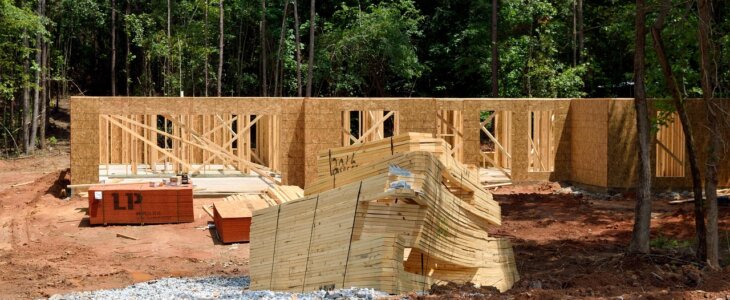What are the early stages of an eminent domain case in Florida?
Anthony Policastro explains that when a property owner first learns that a public project may affect their land, the government typically has been evaluating the project for years. This process includes analyzing alternatives, assessing scale, safety, costs, long-range planning, and environmental impact. Public meetings and hearings often follow to gather input from property owners and the community.
What is the official start of eminent domain proceedings?
The official process begins with a Resolution of Necessity. Depending on the project, this may be signed by the district secretary or approved by a county or city board. After this, property owners receive notice, and the government begins appraisals, site inspections, and initial offers.
What early steps should property owners take to protect their interests?
Policastro emphasizes the importance of hiring an eminent domain attorney as soon as a project is identified. Experienced attorneys can guide property owners, retain the right experts, and provide proactive advice to protect legal and financial interests. Early intervention is crucial for reviewing mortgages, lease agreements, and business operations connected to the property.
What role do leases play in eminent domain cases?
A properly structured lease is essential, especially if the property owner also operates a business on-site. Policastro explains that without a lease, business damages could be limited by law, potentially reducing compensation. Strong leases with renewal options help ensure fair business damage claims.
What is the initial appraisal process and how are government offers made?
The government sends appraisers and other experts to inspect the property. Policastro highlights the importance of attorney presence to prevent miscommunication and protect the property owner’s interests. Following site inspections, it can take months—sometimes over a year—for the government to issue an initial offer.
How should property owners evaluate and respond to offers?
Property owners are not required to accept the first offer. Policastro recommends reviewing the appraisal with experts to identify errors or omissions and formulate a well-supported counteroffer. This step ensures that property owners receive fair compensation.
What is the typical timeline of an eminent domain case?
Case timelines vary depending on whether property owners negotiate pre-suit or await formal lawsuits. Once a lawsuit is filed, a case may proceed to mediation or trial within the first year. The government may use a “quick taking” procedure to acquire property before the case is fully resolved, depositing the appraised amount into court.
How often do cases go to trial and why is experienced counsel important?
Fewer than 5% of eminent domain cases proceed to jury trial, as most are resolved through negotiation or mediation. Policastro stresses the need for an attorney with trial experience to ensure property owners are fully represented.
What should property owners know about the mediation process?
Mediation involves a neutral, experienced mediator facilitating negotiations between the property owner and the government. Both sides present opening statements, then participate in separate caucus sessions for counteroffers. Multiple rounds—often eight to twelve—may be required to reach a settlement. The mediator does not have authority to decide the case but helps guide discussions toward resolution.
What are the key takeaways for property owners?
Policastro advises property owners to act quickly, hire experienced counsel early, and maintain clear communication throughout the process. Proper legal guidance and expert involvement are essential to securing fair compensation and protecting property and business interests during eminent domain proceedings.
